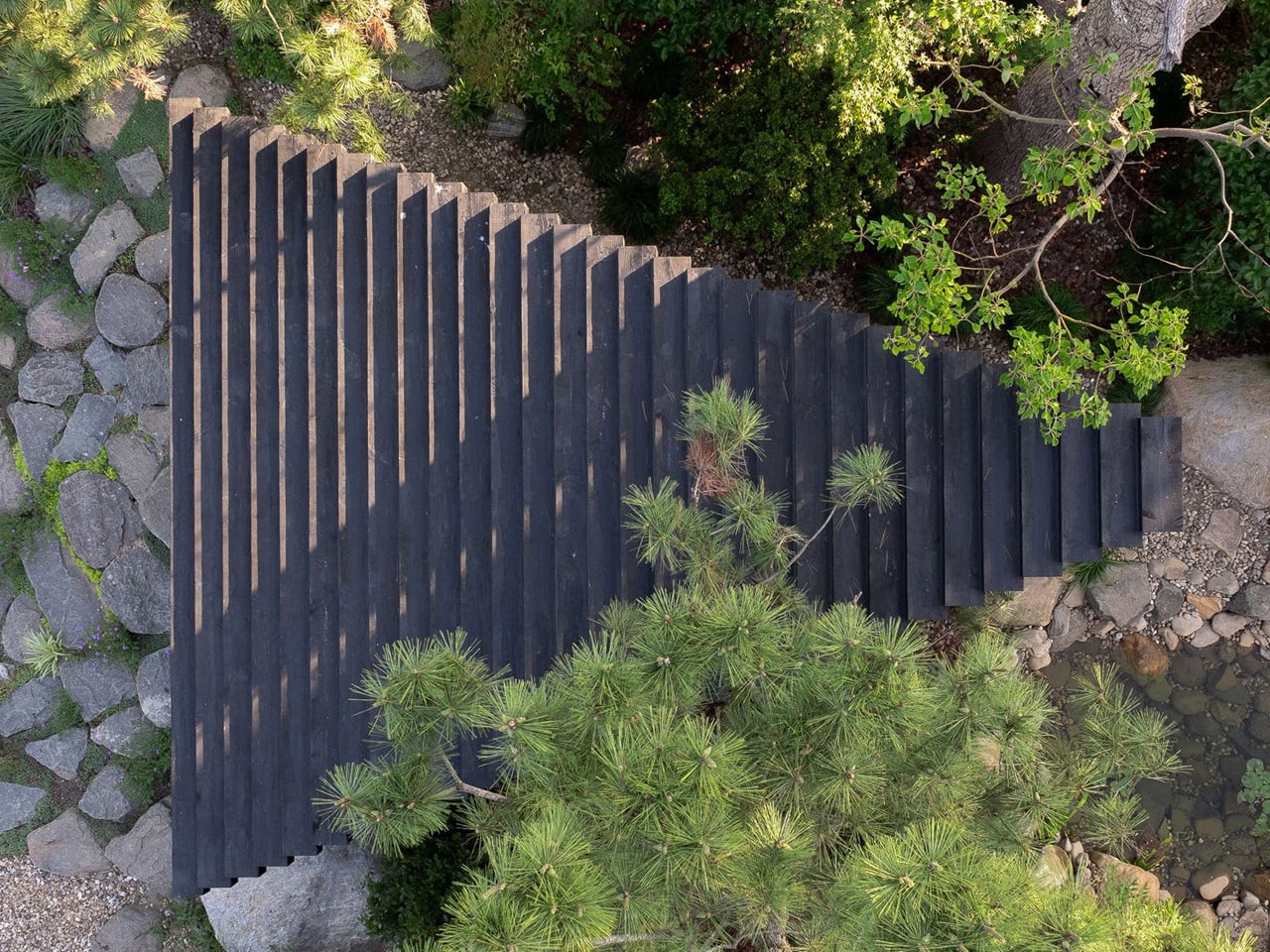
The Chinese studio Temp designed the 3-to-1 Pavilion – a lovely triangular shelter tucked away in a rocky garden in Shanghai. Made using charred wood, the building is designed to be a sanctuary-like space for drinking tea and gathering. It features a geometric form with well-organized triangular plana and louvered walls built from wooden frames.
“The 3-to-1 Pavilion design is the integration of time, space, and people, with a focus on ‘in-between’ or interstitial spaces,” said Temp.”The pavilion serves as a serene sanctuary for tea drinking, contemplation, and social gatherings in a Shanghai garden setting.”
Designer: Temp

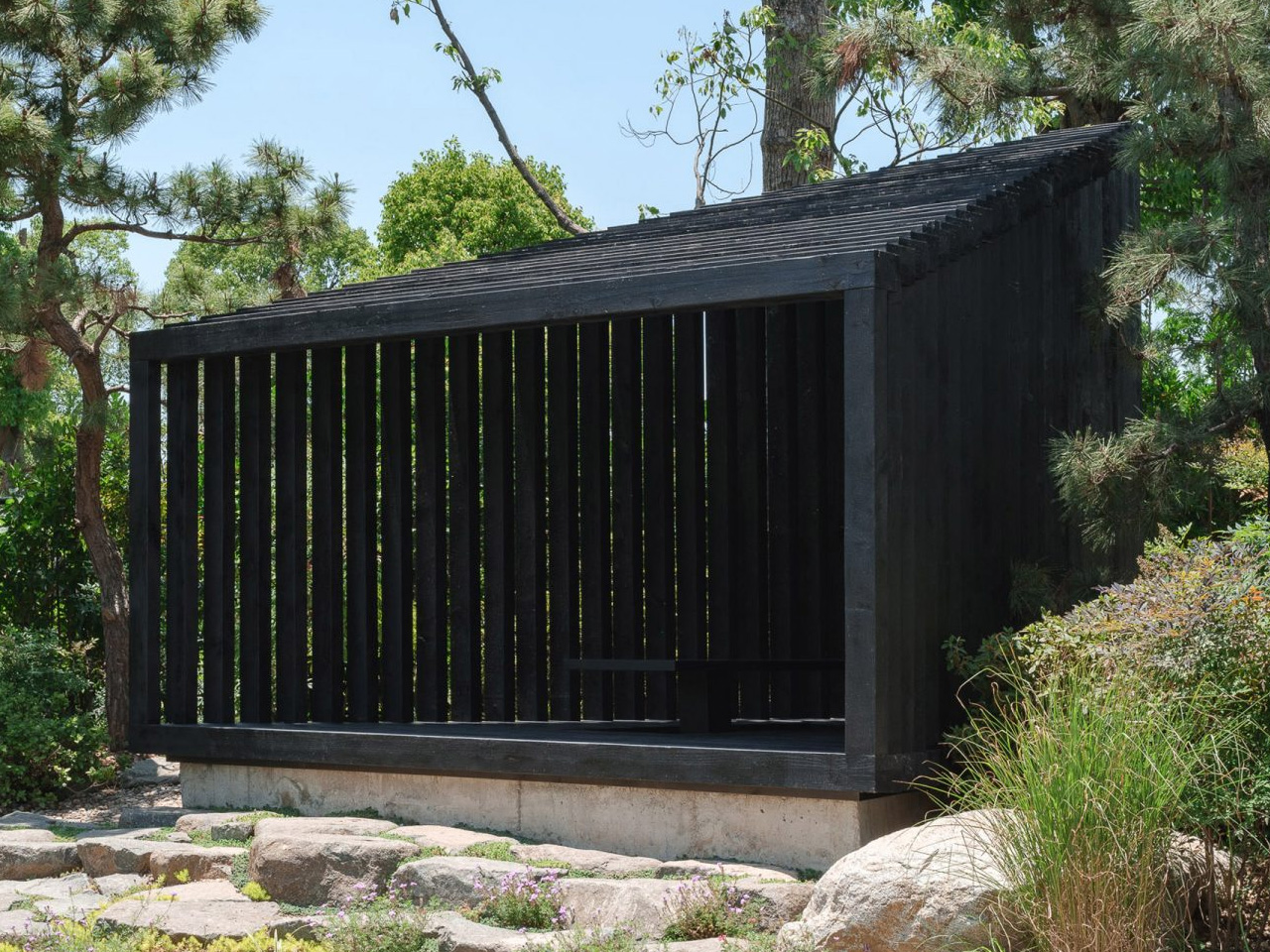
The 3-to-1 pavilion’s louvered walls are made using 30 charred timber frames which have been created from flush tenon joints. The frames are set at certain angles, increasing in height as the building narrows. The frames include little openings that filter in sunlight, creating whimsical shadows within the interior. The interior is designed to have a calming and meditative atmosphere. The triangular form of the pavilion urges visitors to admire the natural surroundings. A large open wall on one side offers views of the garden. A narrow floor-to-ceiling opening is located at one end.
“The shape directs visitors on a journey from casual gatherings to contemplation, culminating in a narrow, tall opening that frames a view of the garden, creating a strong visual connection with nature,” said Temp.
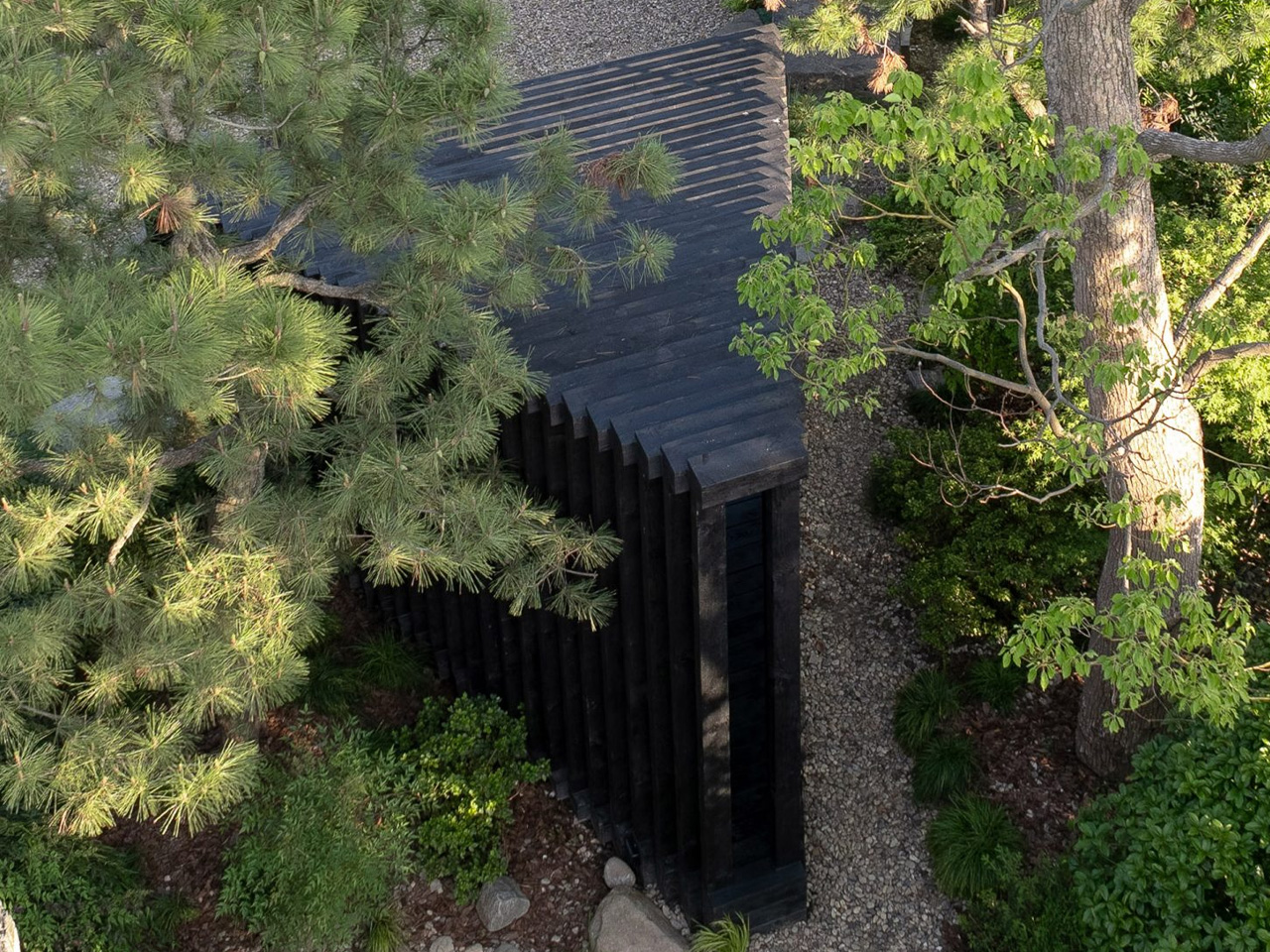

The structure is placed on a concrete plinth which offers support to a black floor built from charred wooden boards. The center includes a low black table, which serves as a chill place to relax and unwind. Solid wood was used throughout the entire pavilion, to bring attention to the surrounding trees. The wood was also charred using the Japanese Shou Sugi Ban technique.
“The structure is entirely solid wood, cut into tenon joints in a local factory and assembled on-site,” said Temp. “The use of tenon joints not only showcases craftsmanship but also ensures structural integrity and flexibility. The wood construction, combined with the charring wood process, reinforces the pavilion’s connection to natural surroundings while providing a distinct architectural presence,” concluded Temp.
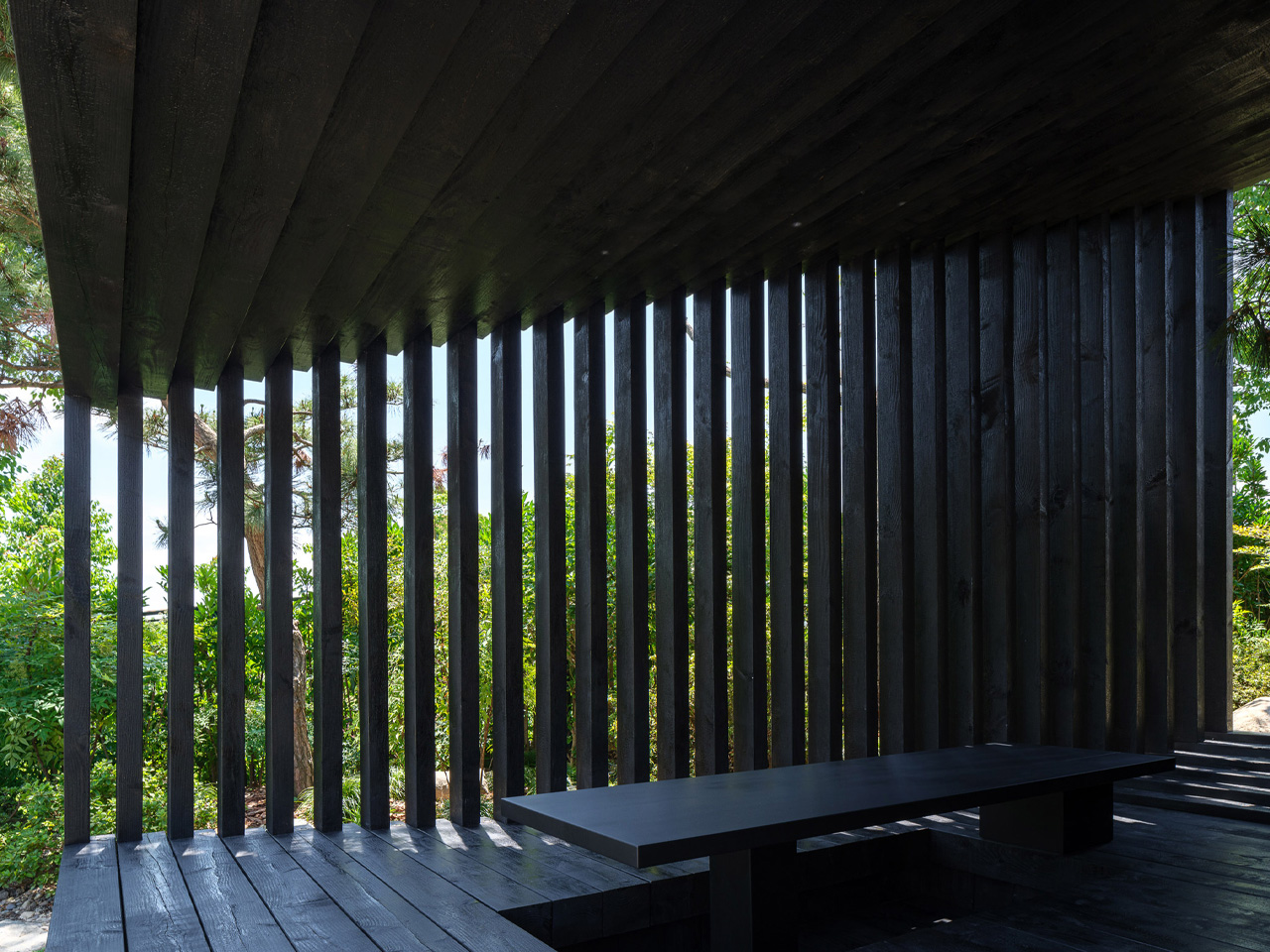
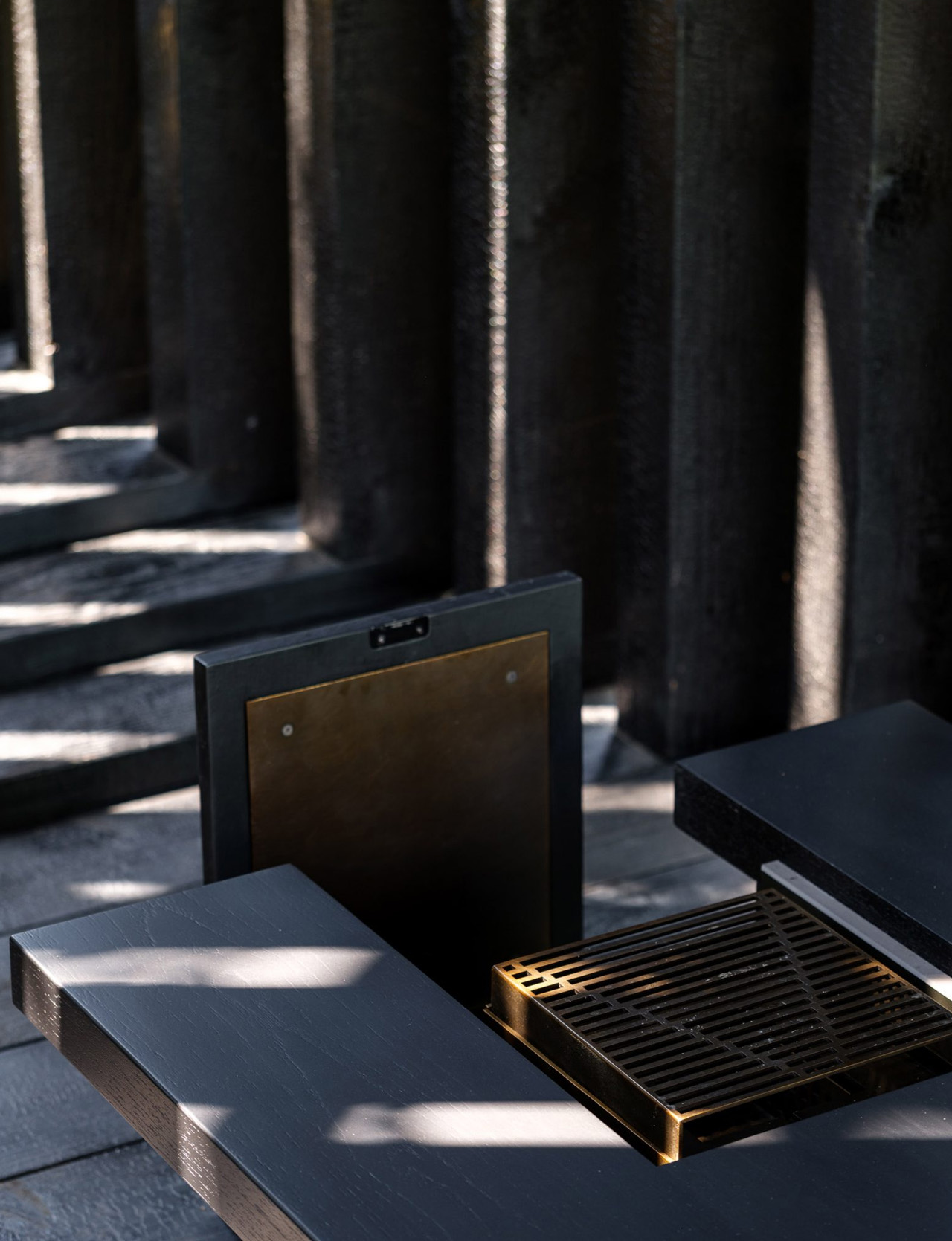
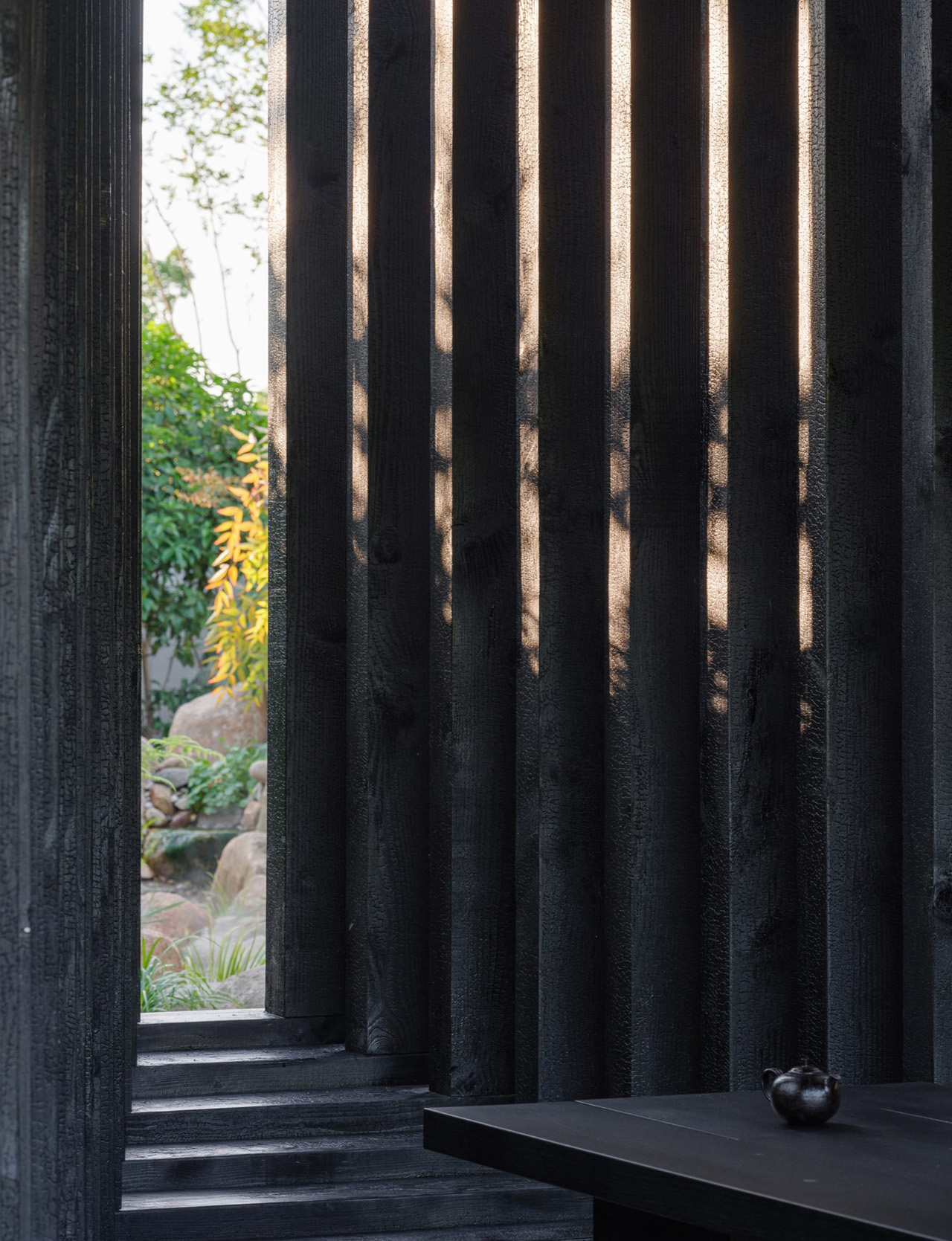
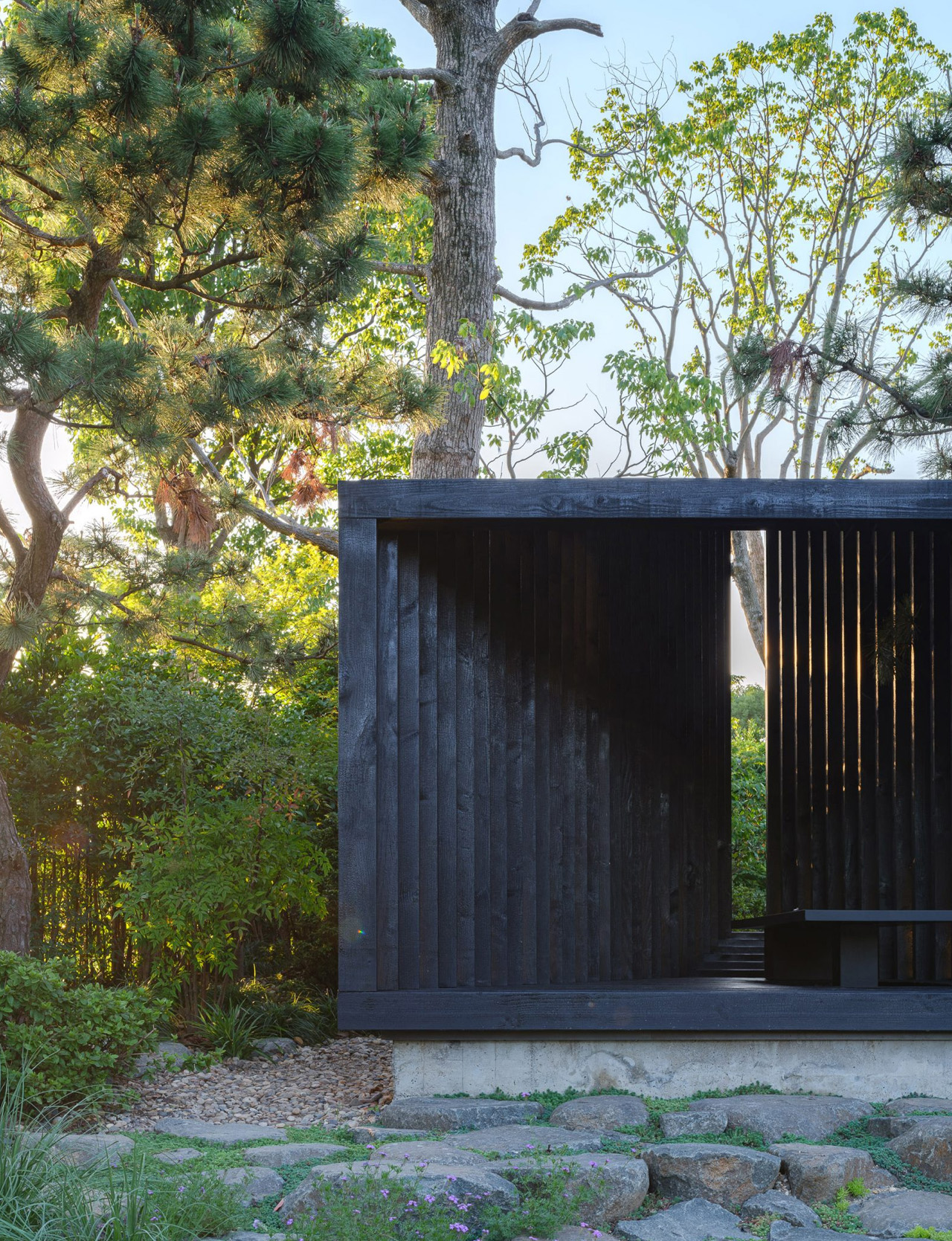
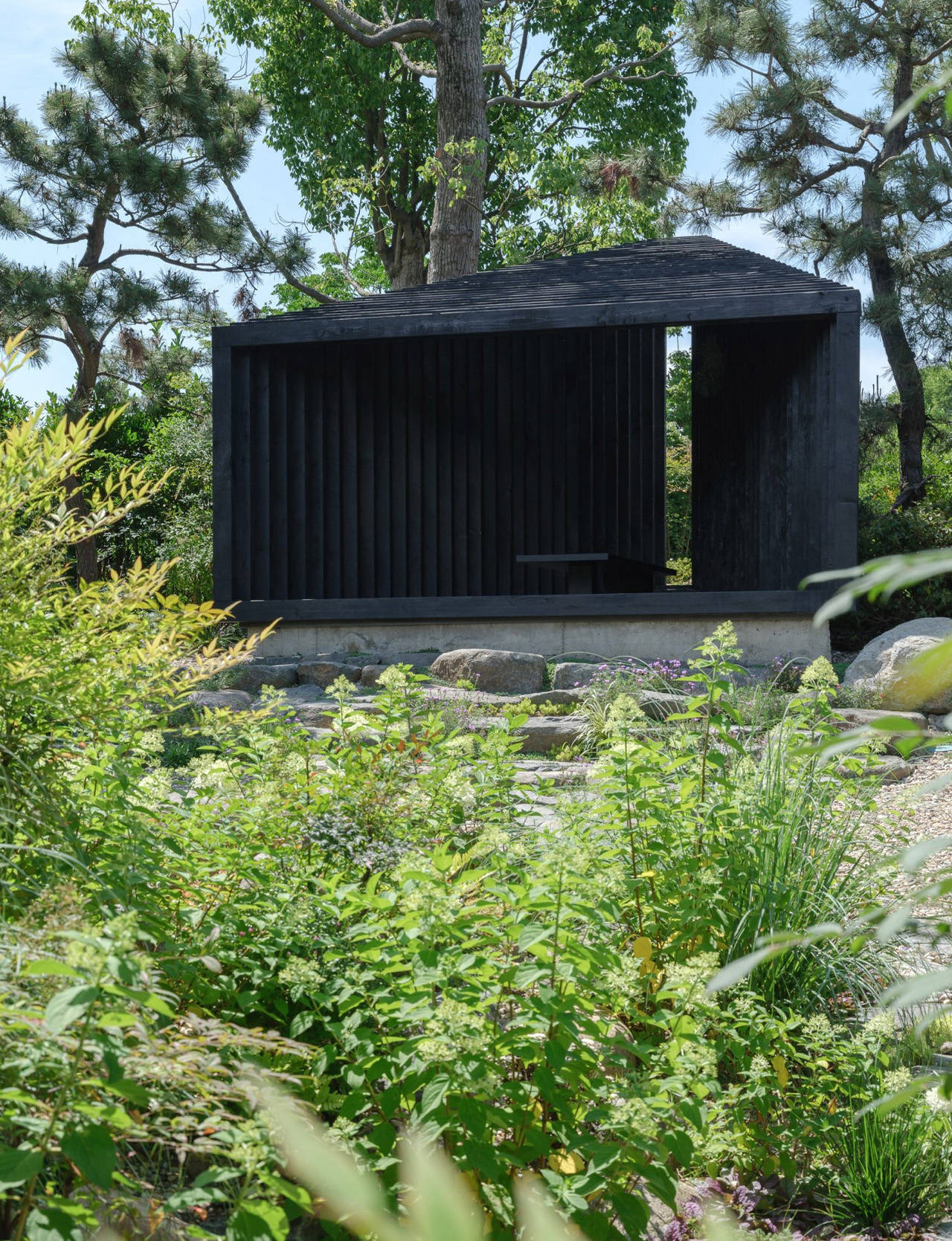
The post This Charred-Wood Pavilion In A Rocky Garden In Shanghai Is Designed To Be A Serene Sanctuary first appeared on Yanko Design.
0 Commentaires